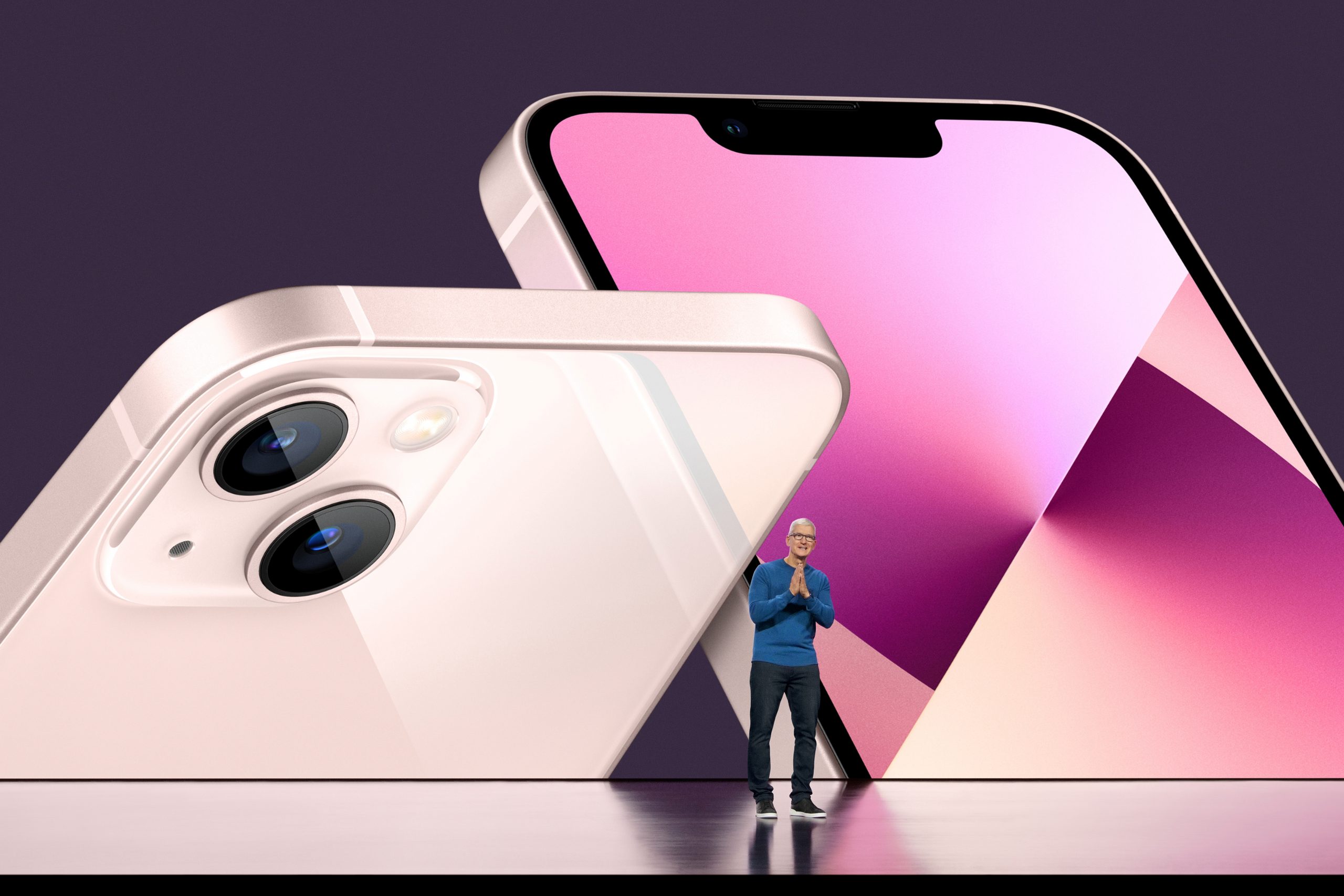
Ian Patrick, FISM News
[elfsight_social_share_buttons id=”1″]
Apple revealed their newest line of iPhone, iPad, and Apple Watch products at their Apple Event on Sept. 14. All new models will be available on Sept. 24.
Probably the most anticipated of all of the products was the iPhone 13, the newest line in Apple’s historic smartphone series. Customers can have a choice between 4 different iPhone 13 models: the standard version, its mini counterpart, the Pro, and the Pro Max. The starting price for both the standard and mini model is $700.
The standard iPhone 13 has a 6.1-inch Super Retina XDR display, and contains multiple new features. Some of the notable ones include a water resistant casing, an OLED display, enhanced battery life, 5G capabilities, and more efficiency and proficiency from their dual-camera system. The mini model takes all of these features while knocking the display size down to 5.4 inches.
The iPhone 13 Pro is also 6.1 inches in screen size but dramatically enhances the cameras’ functions. The Pro allows for macro photography and boasts a new telephoto camera “for classic portraiture or shooting clearer photos and videos from far away.” It also expands the phone’s videography functions with the introduction of Cinematic mode. The iPhone 13 Pro Max takes all of these and enlarges the screen size to 6.7 inches. The iPhone 13 Pro starts at $999 and the Pro Max starts at $1,099.
Arguably the greatest feature of the new models is the newest chip from Apple known as the A15 Bionic. According to the announcement site, the chip “powers Cinematic mode, Photographic Styles, Live Text, and more.” The California company boasts that the chip outperforms the competition with “up to 50% faster graphics performance” and “up to 15.8 trillion operations per second.”
Although the prices haven’t increased since the last iPhone models released, Apple did say that some customers would be able to find trade-in and other deals from certain carriers that could drastically take down the final cost.
